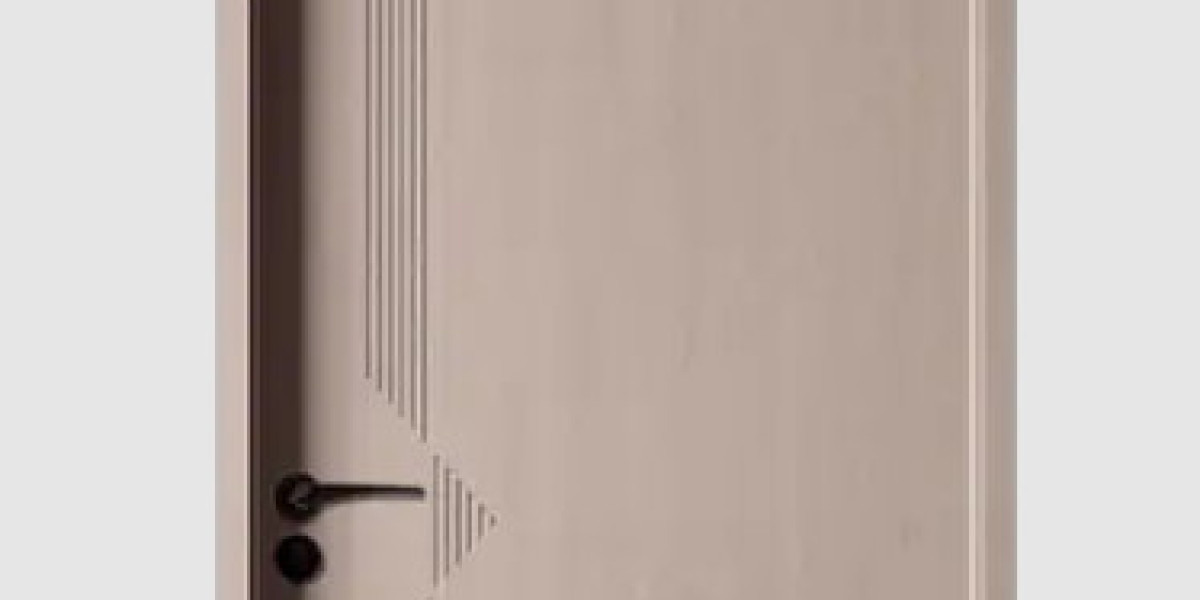Specifying a melamine door skin begins with a checklist that architects, contractors, and facility managers refine for every project. Addressing these points early prevents costly revisions and ensures the finished doors meet visual, functional, and regulatory expectations.
First, colour and texture. Residential clients often request warm oak or walnut prints, while healthcare projects prefer neutral beech or grey. Suppliers provide A4 sample chips under 3000 K retail lighting and 6500 K daylight to confirm appearance; large projects receive full-size door samples to validate grain scale and gloss level.
Second, core selection. Apartment renovations favour 35 mm solid-core doors for sound attenuation, whereas office fit-outs choose 40 mm honeycomb cores to reduce weight. The melamine door skin must be compatible with the selected substrate; suppliers offer MDF, LVL, or fire-rated particleboard, each pre-sanded to 240 grit to prevent telegraphing.
Third, durability class. School corridors demand abrasion resistance rated at AC3; boutique hotels may accept AC2. Buyers request Taber test reports and stain-resistance data to align specification with expected foot traffic.
Fourth, moisture environment. Bathroom doors need a melamine door skin laminated with moisture-resistant adhesive and sealed edges, verified by 48-hour water-soak tests showing less than 5 % thickness swell. Kitchen doors near dishwashers require the same treatment plus a topcoat rated for steam cleaning cycles.
Fifth, code compliance. Fire-rated assemblies must carry 30- or 60-minute certifications; the skin finish cannot add more than 0.5 mm to overall thickness, preserving fire-label legibility. Suppliers provide test reports linking finish weight to rating retention.
Sixth, lead time and order size. Renovation projects may need 60 doors in four weeks; new construction can require 600 doors staggered over six months. Buyers ask for production schedules tied to core availability and laminating line capacity.
Seventh, sustainability requirements. LEED projects request FSC-certified cores and low-VOC adhesives; suppliers supply chain-of-custody documents and Declare labels for easy credit submission.
Eighth, after-sales support. A five-year surface warranty, touch-up kits for minor scratches, and on-site repair training help facility managers budget lifecycle costs.
By matching colour, core, durability, and compliance from the first design meeting, buyers turn the melamine door skin into a predictable and cost-effective element of any successful build.
खोज
लोकप्रिय लेख
-
 Melbet Sign Up Bonus 2025 – Use Promo Code Now
द्वारा ThoughtNest
Melbet Sign Up Bonus 2025 – Use Promo Code Now
द्वारा ThoughtNest -
 Аттестат о среднем общем образовании.
द्वारा aracelisanglin
Аттестат о среднем общем образовании.
द्वारा aracelisanglin -
 Understanding Railroad Settlement Reactive Airway Disease
Understanding Railroad Settlement Reactive Airway Disease
-
 The 10 Most Scariest Things About Couches For Sale Near Me
द्वारा sofasandcouchesuk4530
The 10 Most Scariest Things About Couches For Sale Near Me
द्वारा sofasandcouchesuk4530 -
 Купить диплом.
द्वारा wernermitchell
Купить диплом.
द्वारा wernermitchell

